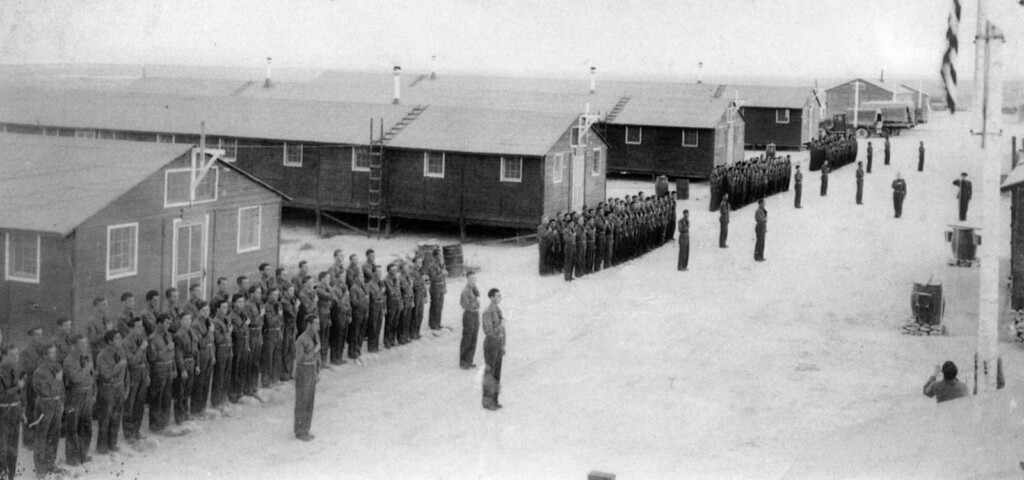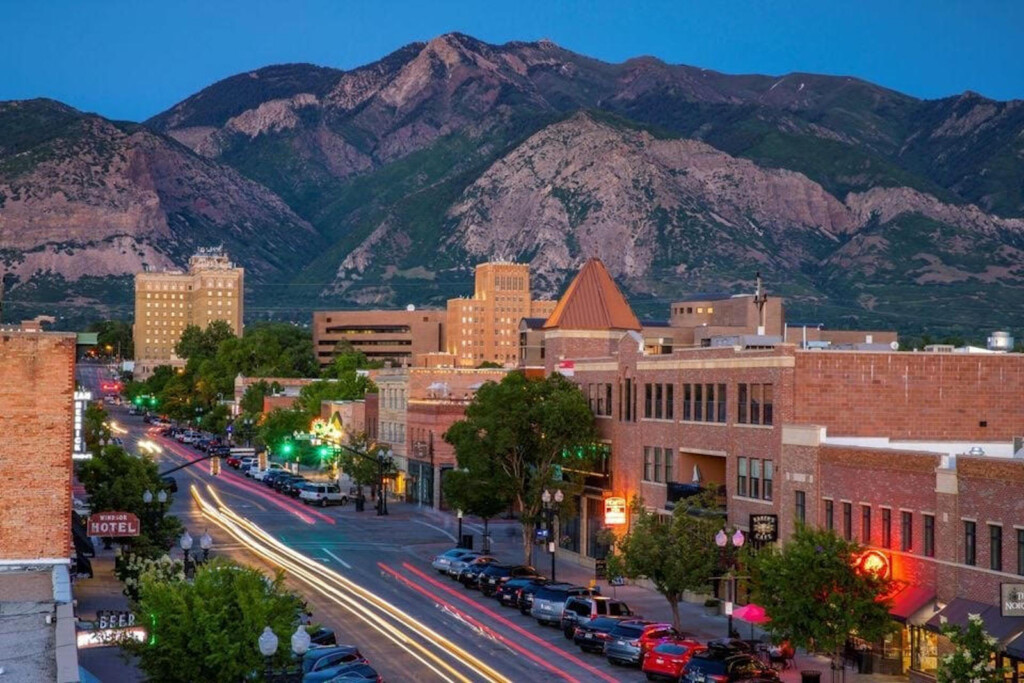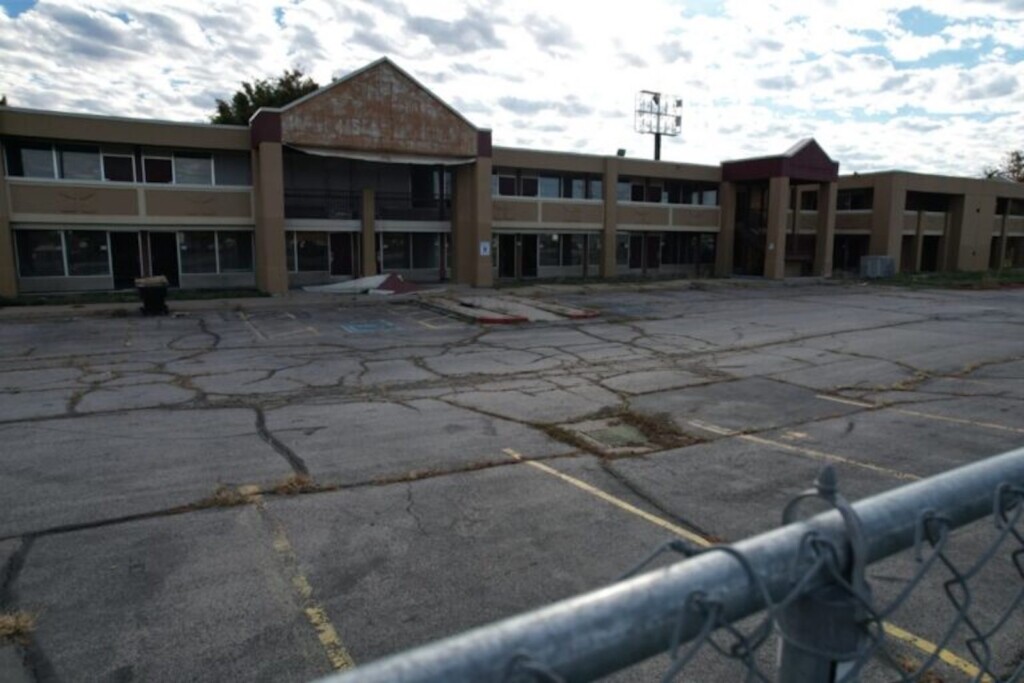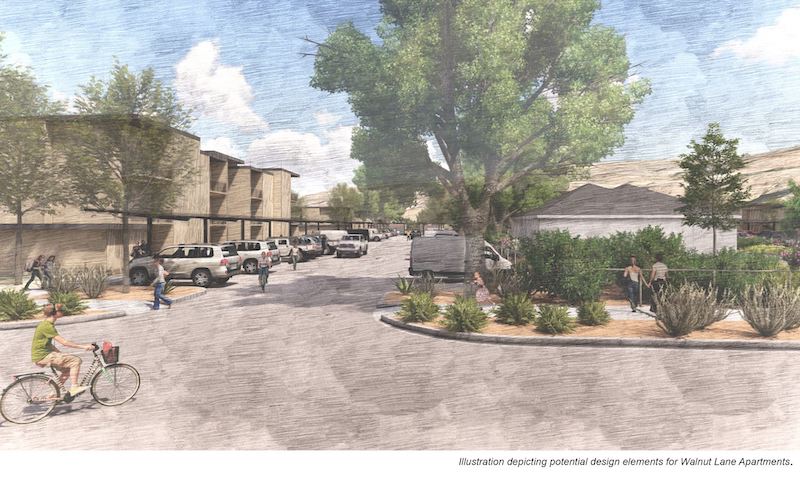
When a mobile Park home went up for sale on Walnut Lane in Moab, it would have been a sure bet for any area developer to realize windfall profits if they flipped it into luxury condos. Instead, Moab City stepped in and decided it would be better to safeguard the park and its residents against eviction and use the site for future affordable housing.
In the past five years, mobile home parks have become a target for developers who can triple or quadruple the property values by evicting long-time, low-income residents and replacing them with second-home owners with extra cash, seeking investment properties.
All over Utah, this trend has escalated, as we have reported previously, especially in Bountiful and Centerville. Low-income residents who have invested thousands of dollars into their double-wide trailers and yards only to end up displaced and feeling completely hopeless when they learn that Utah State law mandates that if their trailer is more than ten-years old, they are required to abandon their home, and cannot move it to another location.
Moab residents all seem to agree that the lack of affordable housing threatens the town’s very existence. The lifeblood of the tourism economy relies on tour guides, restaurant staff, hotel staff, and service-sector employees.
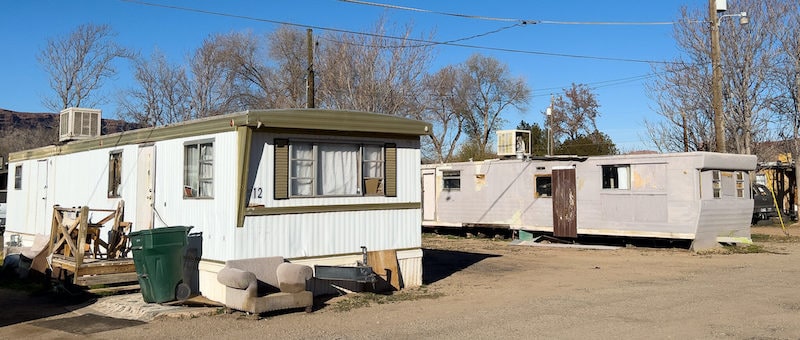
The plan for Walnut Lane is to transition the property from trailer-park to a multi-use housing complex. They plan to increase the number of housing units from 37 to 80, which will include a mix of housing types including apartments and duplexes, built exclusively for low-income residents. The plan is also in phases so that none of the current residents at the site will be displaced.
The City is working with Architectural Squared to design the units to integrate well with the neighborhood. The plan also includes the integration of sidewalks, an internal loop offering trees and landscaping, plenty of bike parking, storage lockers, and an outdoor gathering area. Since publishing this story in print, Utah Stories learned that this project is now stalled as the City had to cut ties with the developer, who was asking for a huge increase in costs due to the increases in costs for labor, lumber, and everything related to the home building industry. Moab City is still currently seeking a builder to complete the project.
Moab still has many trailer park areas which are some of the last affordable sites in the city. Moab also has many farms and open land on the far-south end of town. Why not build here? The difficulty in developing more of these sites is providing additional infrastructure, mainly water and sewage. Moab has invested heavily in a new water-treatment facility that is 90% more efficient and effective than its old system, using far less electricity and making all of the town’s wastewater reusable. But there is resistance to developing more farmland and open space. Many of the existing long-time locals do not want to see zoning law changes or more density and congestion. They believe that a densely-packed town doesn’t fit with the two national parks and the surrounding pristine wilderness.
For this reason, many new developments are being approved and developed in neighboring San Juan County, which will eventually accommodate the majority of the new growth that the area is experiencing. Moab’s master plan was updated in 2017, and the plan calls for providing housing for additional residents. The 2017 plan says that capacity will be reached once the town population reaches 11,500 residents (less than twice as many as the current population).
Clearly, the plans in the past have fallen far short of the actual demand for units, but the population of Moab was actually in decline during the entire decade of the eighties until the early nineties. This was due to the closure of most of the town’s uranium mines and mills. So the city has been hesitant to expect population growth, exceeding the boom times in the early 1950s, when the Cold War uranium demand was picking up at a rapid pace. But today Moab has more residents than ever. The land outside of the town proper is currently unincorporated. There are four enclaved areas consisting of 97.5 acres of unincorporated land. The city would need to both annex this land and gain enough water usage rights to make the land viable for development. These are two very steep uphill battles as water is the most scarce resource.
Moab’s Growth Limited By Water Supply
The Moab Master Plan states that if current build-out rates continue at the pace they are at, water usage will need to decline per-capita by 52% to provide enough water for both residents and tourists. Besides supplying water to its 5,300 residents in peak season, Moab needs to supply water for an additional 19,000 visitors. This requires a huge amount of additional capacity which is provided by three tanks and several aquifers and wells. The city needs to drill at least two more wells in the near future to accommodate projected demand and population growth.
We reported in our previous stories that many of the hotel and restaurant staff are living out of their vehicles and often need to wait or seek apartments and housing for up to one or two years before they find a place that offers an actual roof over their heads. The primary limiting factor in providing more accommodations is water use and zoning changes.
Accommodating growth while preserving the quality of life of Moab is a huge balancing act that Moab leaders are working to solve. The main barrier now is that the city is still extremely congested, and all amenities and infrastructure are maxed out at peak season. Locals and leaders have the mindset that they currently do not want to see more tourism in peak season.
Still, many residents would rather keep things nice for locals than cater to the elites who want to buy up every available property in town. A gentleman we found meditating on a park bench along the Mill Creek Parkway last fall put it succinctly, “I’ve lived in a lot of places, and this is where I want to raise my daughter and live. If I have to, I’ll go back to living in a cave.” He works at the Moonflower Market in town and lived in a cave for two years before finding a home.
RELATED STORIES
Moab Housing: Luxury in Abundance but Scarcity of Affordable Housing
The Reality of Van Life in Moab, Utah
Living Without Cars in Moab, Utah
Moab Utah: The Man Who Quit Money
Gentrification of Moab — Will Growing Pains Make or Break Moab?
Blood, Sweat and Equity — Affordable Housing in Moab
Moab’s Affordable Housing—Is There Hope?
Moab—500 Tourists for Every Resident
Subscribe to Utah Stories weekly newsletter and get our stories directly to your inbox



